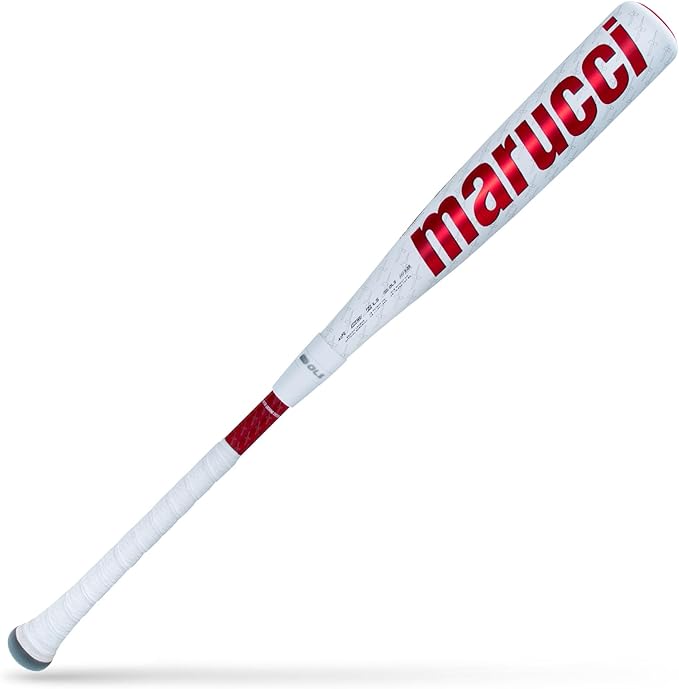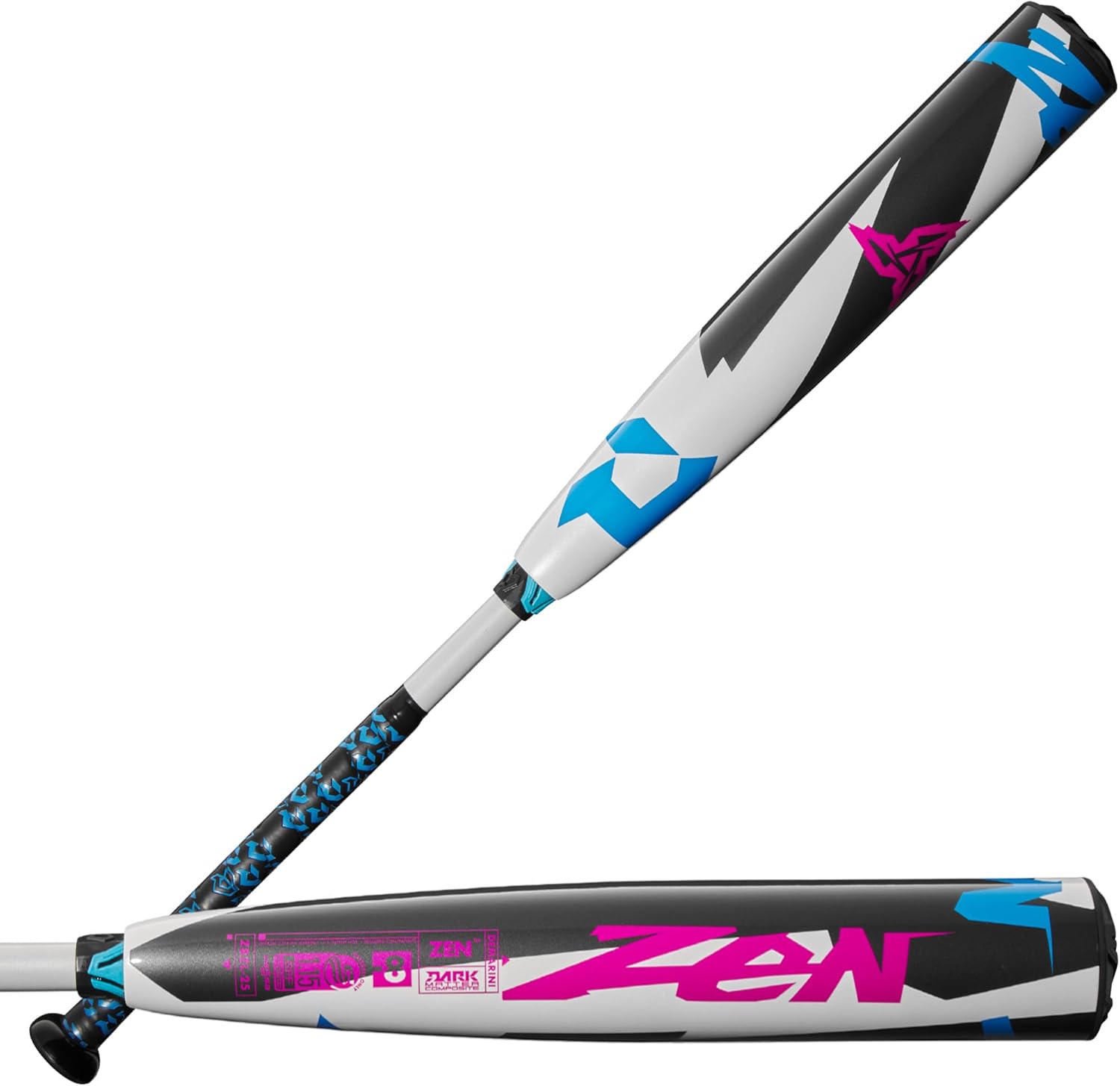The State of the Diamond: A Visual Guide to Baseball Card Collecting in 2025
Baseball card collecting isn’t just about cardboard nostalgia anymore—it’s a thriving hobby turned global marketplace. Whether you’re chasing the thrill of pulling a rookie phenom, or you’re eyeing long-term investment returns, 2025 is shaping up to be one of the most exciting years in the history of the hobby.
Let’s break down the current landscape for new and aspiring collectors.
2025 Market Snapshot: A Hobby in Full Swing
The baseball card market has matured into a stable, growing asset class. Fueled by a blend of nostalgia and real investment potential, the hobby now thrives on both digital marketplaces and in-person trade shows.
-
Market Size (2025): $1.2 Billion
-
Projected CAGR (through 2034): 9.3%
Translation? The hobby isn’t slowing down—it’s compounding.
Anatomy of a Modern Pack
Today’s packs aren’t just about base cards anymore. A single rip can reveal inserts, shiny parallels, or even game-used memorabilia cards. Here’s the typical breakdown you’ll find:
-
Base Cards: The foundation of every set
-
Inserts: Themed subsets that add flair and scarcity
-
Parallels: Alternate versions (colors, foils) that increase rarity
-
Hits: Autographs, relics, or numbered cards that drive the chase
For collectors, understanding pack composition helps you balance expectations (and budget) when ripping wax.
The Grading Gauntlet: PSA vs. BGS vs. SGC
If you want to maximize card value, grading is non-negotiable. A pristine 10 from PSA or BGS can mean thousands more in resale value. But which grader should you trust?
-
PSA (Professional Sports Authenticator): The market leader, known for liquidity and resale premium.
-
BGS (Beckett Grading Services): Popular for modern cards, especially with the subgrade breakdown.
-
SGC (Sportscard Guaranty): Fast turnaround and growing collector respect, especially for vintage cards.
Pro Tip: Always research current turnaround times and fees before sending cards in.
Play Ball: Choosing Your Investment Strategy
Collecting without a plan is like stepping to the plate without a bat. Here are four dominant approaches in 2025:
-
💎 Blue-Chip GOATs – Low risk, focus on high-grade rookies of legends (Griffey Jr., Jeter).
-
📈 Undervalued Vets – Medium risk, players with strong stats but little hype.
-
🚀 Prospecting – High risk, betting on unproven rookies (1st Bowman cards).
-
🌐 Diversification – Balanced risk, mixing all strategies to spread upside.
2025 Players in Focus
The market is driven by names that make highlight reels and headlines.
-
Icons Holding Value: Shohei Ohtani, Mike Trout
-
Emerging Stars: Julio Rodríguez, Gunnar Henderson
-
Prospects to Watch: Jackson Holliday, Ethan Salas
Collectors are diversifying between proven veterans and high-risk, high-reward rookies—creating constant market motion.
A Rookie’s Roadmap to Collecting
Starting out? Here’s your five-step guide to avoid rookie mistakes and keep the hobby fun:
-
Define Your Focus – Pick a favorite team, player, or card type.
-
Set a Budget – Keep it sustainable; don’t let the hobby drain your wallet.
-
Buy from Reputable Sources – Stick to local card shops and trusted online sellers.
-
Protect Your Investment – Use penny sleeves and top-loaders from day one.
-
Engage with the Community – Join forums, Facebook groups, and card shows.
Remember: collecting is as much about connection as it is about cardboard.
Final Inning: Why 2025 Is the Year to Start Collecting
With the market maturing, grading services improving, and a fresh wave of young talent arriving in MLB, 2025 is the perfect entry point for new collectors. Whether you’re chasing GOATs, prospecting for the next big rookie, or just enjoying the nostalgia of wax packs, there’s never been a better time to step up to the plate.
SEO Tags



